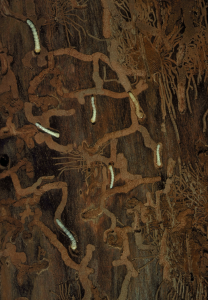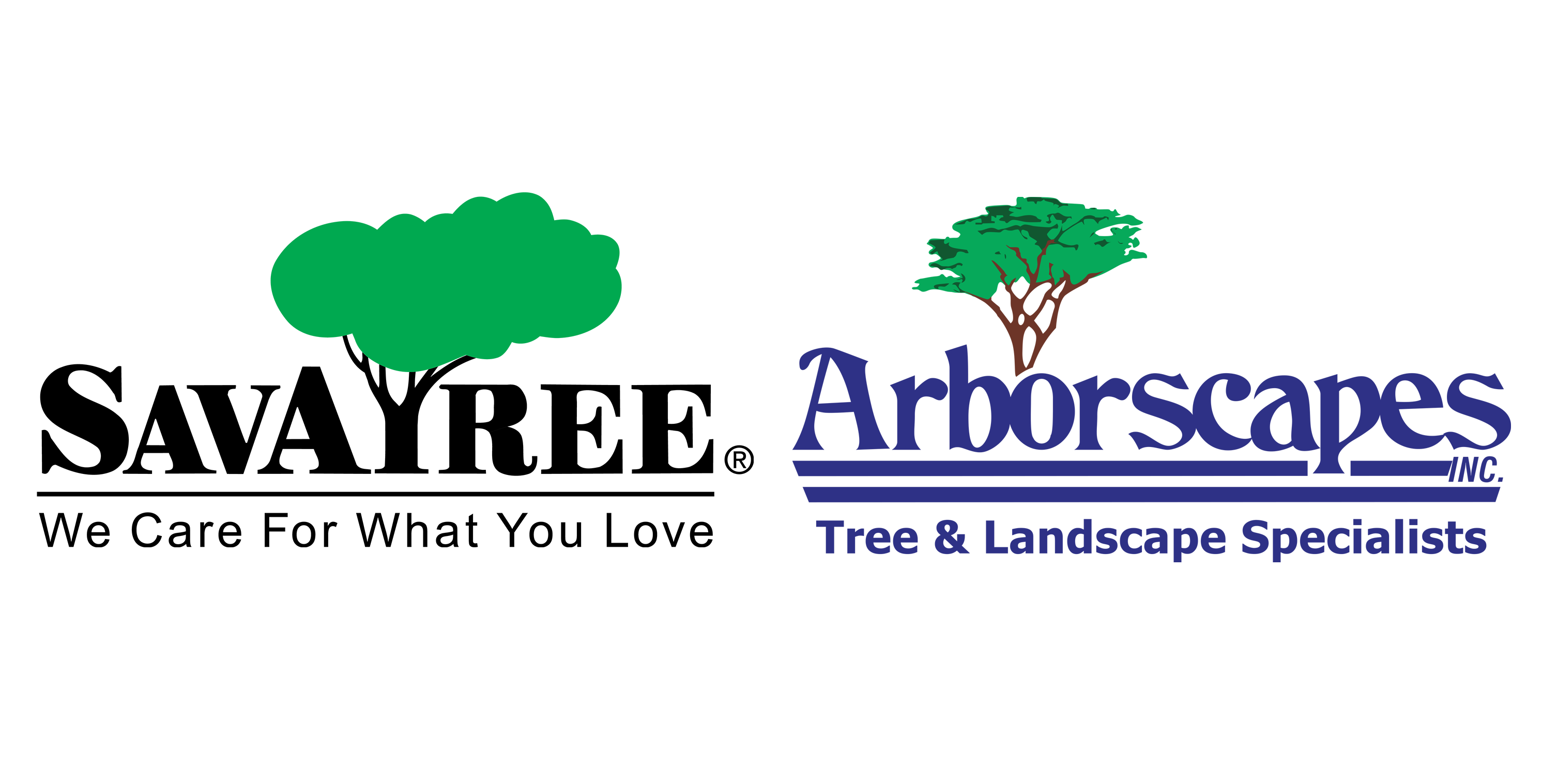
See all posts by this author
Elm borers are wood-boring beetles that can infest and cause significant damage to elm trees. The larvae tunnel into the tree, creating galleries and disrupting the flow of nutrients and water. Over time, this can lead to the decline or death of the tree.

Photo courtesy of James Solomon, USDA Forest Service, Bugwood.org
Of course, prevention and treatment for elm borers is included in a Plant Health Care subscription from Arborscapes. (As are myriad other pests and diseases) If you would like to become a part of our Plant Health Care program, reach out to Arborscapes today! Your living landscape will be the envy of the entire neighborhood!
Here’s how to manage and treat elm borer infestations:
Cultural and Physical Controls:
- Tree Health: Keeping your elm trees healthy is the first line of defense against borers. Regular watering, proper mulching, and avoiding unnecessary injury to the tree can prevent infestations.
Chemical Control:
- Protective Insecticides: These can prevent adult beetles from laying eggs on the tree. Products containing permethrin, bifenthrin, or carbaryl can be applied to the tree’s bark in late spring or early summer when adults are active.
- Systemic Insecticides: Products containing imidacloprid or emamectin benzoate can be applied as a soil drench or trunk injection. The tree absorbs the insecticide, which can then kill borers as they feed. Keep in mind potential impacts on non-target insects, especially pollinators.
- Borer-specific Pesticides: There are certain products available that are formulated specifically to tackle borers. Always read and follow the label instructions.
Sanitation:
- Infested Trees: Severely infested trees that are unlikely to recover should be removed and destroyed to prevent the spread of the borers to nearby healthy trees.
- Cleanup: Regularly clear away and destroy dead branches and debris around the tree. This can reduce potential hiding and overwintering spots for the borers.
Monitoring:
- Regularly inspect your elm trees for signs of borer activity, such as exit holes, frass, wilting, or dieback.
- Implementing a yearly monitoring routine can help detect an infestation early, making treatment more effective.
Always keep in mind the potential ecological impacts when applying insecticides, especially concerning beneficial insects, pollinators, and nearby water sources. Combining proactive tree care with timely interventions will provide the best protection against elm borers.
And if all of this sounds like too much work, contact Arborscapes to subscribe to our Plant Health Care program, and we will take care of this, other pests, fertilization and health concerns for your living landscape!
Photo courtesy of A. Steven Munson, USDA Forest Service Bugwood.org
See all posts by this author
